I need a random number generator that generates various number between n and m, but no with a equal probability. I want to set a value x between n and m where the possibility is the highest:

Is there an easy way to do that using the Random class? The likelihood should have the form of a binominal distribution or something similar (it is not important that its an exact binominal distributon, rough approximations are also ok)
EDIT
Maybe I have to clarify: I'm not looking for a binominal or gaussian distribution but also for something like this:

I want to to define the value x where the highest likelihood should be.
EDIT
Unfortunately the previously accepted answer does not seem to work how i suspected. So I'm still looking for an answer!
